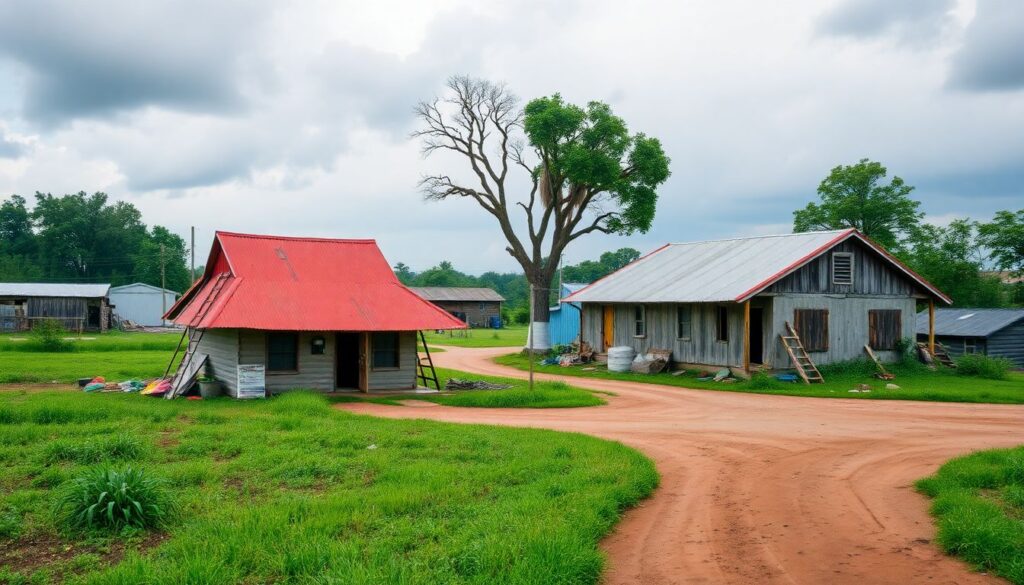Natural disasters can have devastating effects on school systems, particularly in rural areas where resources are often scarce. This article explores the unique challenges faced by rural schools in the wake of natural disasters and offers practical strategies to better prepare and respond to such events. By understanding these challenges and implementing tailored solutions, rural schools can become more resilient and ensure continuity in education.
Strategies for Building Resilience in Rural Education Systems
Imagine the tranquility of rural schools, where the hum of nature often replaces the honking of cars. Now, picture these schools in the face of a natural disaster. The unique challenges they face are manifold. Communication breakdowns can leave them isolated, while their remote locations may delay emergency response times. Moreover, rural schools often serve as community hubs, making their closure or damage a blow to the entire community.
The key to enhancing preparedness in rural schools lies in proactive planning. Schools should establish strong communication networks, including satellite phones or radio systems that can withstand power outages. Partnering with local emergency services to develop tailored response plans can also expedite help when it’s needed most. Regular drills and training sessions can empower students and staff to act swiftly and safely during crises.
Building resilience in rural schools requires a community-wide effort. Involving parents, local businesses, and volunteers in preparedness initiatives can strengthen the school’s capacity to bounce back from disasters. Additionally, investing in infrastructure upgrades, such as reinforced buildings and backup power systems, can mitigate damage and speed up recovery. By fostering a culture of preparedness and resilience, rural schools can transform their vulnerabilities into strengths, ensuring that they remain beacons of learning and community, even in the face of adversity.
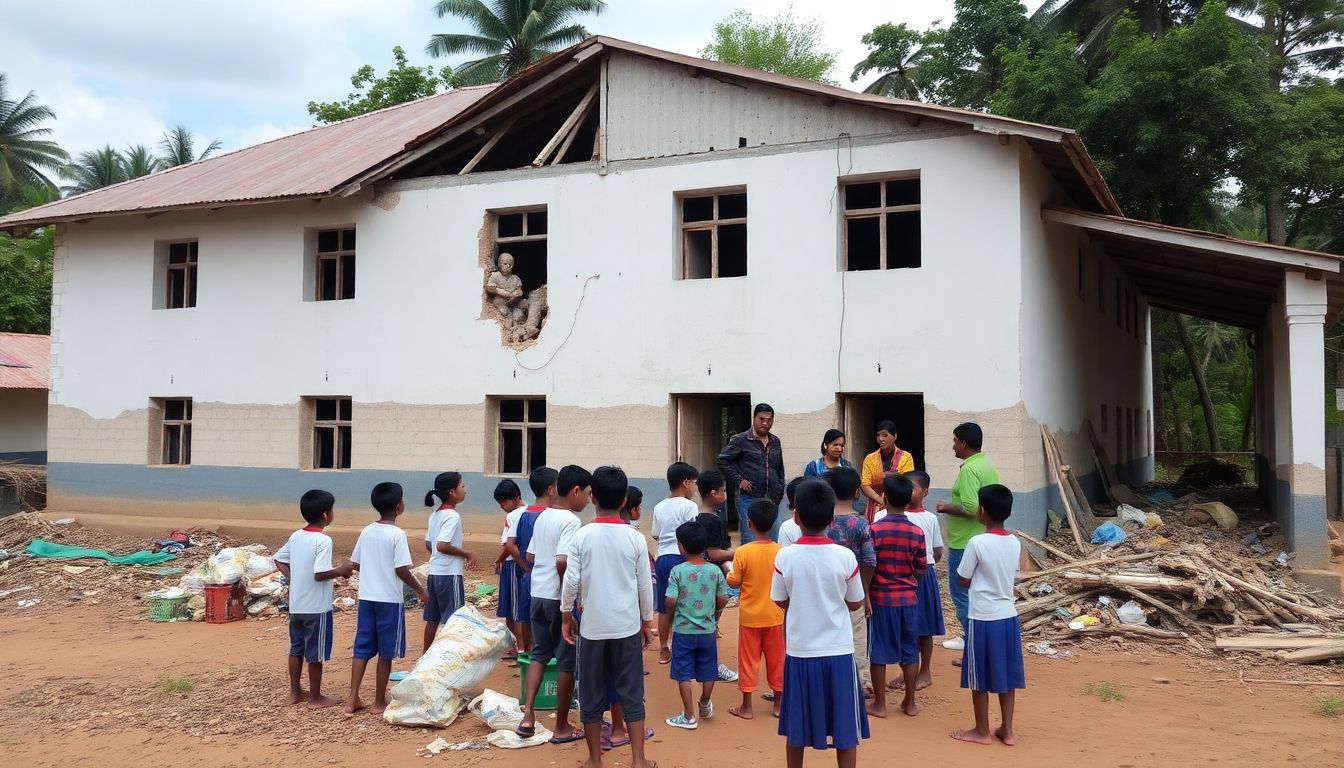
The Unique Challenges of Rural Schools
Rural schools, often the heart of their communities, face unique challenges when natural disasters strike. One of the most significant obstacles is the lack of physical, financial, and organizational resources. Rural districts typically operate on tighter budgets, which means they have fewer funds to invest in emergency preparedness and response. This financial strain is compounded by limited organizational resources, as rural schools often have smaller staff and less access to specialized services. Additionally, the isolated nature of rural communities can make it difficult to quickly obtain physical resources, such as emergency supplies and equipment, during a disaster.
The struggle to find temporary schooling sites is another pressing issue for rural schools in the aftermath of a natural disaster. In urban areas, there might be numerous alternative venues, like convention centers or libraries, but rural communities often lack these options. Rural schools may be forced to temporarily relocate to smaller, less equipped facilities, or even share spaces with other schools, leading to overcrowding and logistical challenges. In some cases, students may have to travel farther to attend school, further disrupting their education and daily routines.
Rural schools also grapple with infrastructure issues that can exacerbate the impact of natural disasters. Here are a few key points:
- Older Buildings: Rural schools often occupy older buildings that may not be upgraded to withstand severe weather events or seismic activities.
- Limited Connectivity: Broadband internet access, crucial for communication and online learning, can be unreliable or nonexistent in rural areas.
- Transportation: Rural districts cover larger geographical areas, making it challenging to evacuate students quickly or transport them to alternative school sites.
- Power Outages: Rural schools may experience more frequent and prolonged power outages, further disrupting operations and communication.
Moreover, the recovery process for rural schools can be prolonged and arduous. Financial constraints may lead to delayed repairs and rebuilding efforts. The smaller tax base in rural communities can make it difficult to generate local funds for recovery, leaving schools dependent on state and federal assistance. Meanwhile, the emotional toll of a natural disaster on students and staff cannot be overlooked. Rural communities often have fewer mental health resources, making it challenging to provide adequate support to those affected.
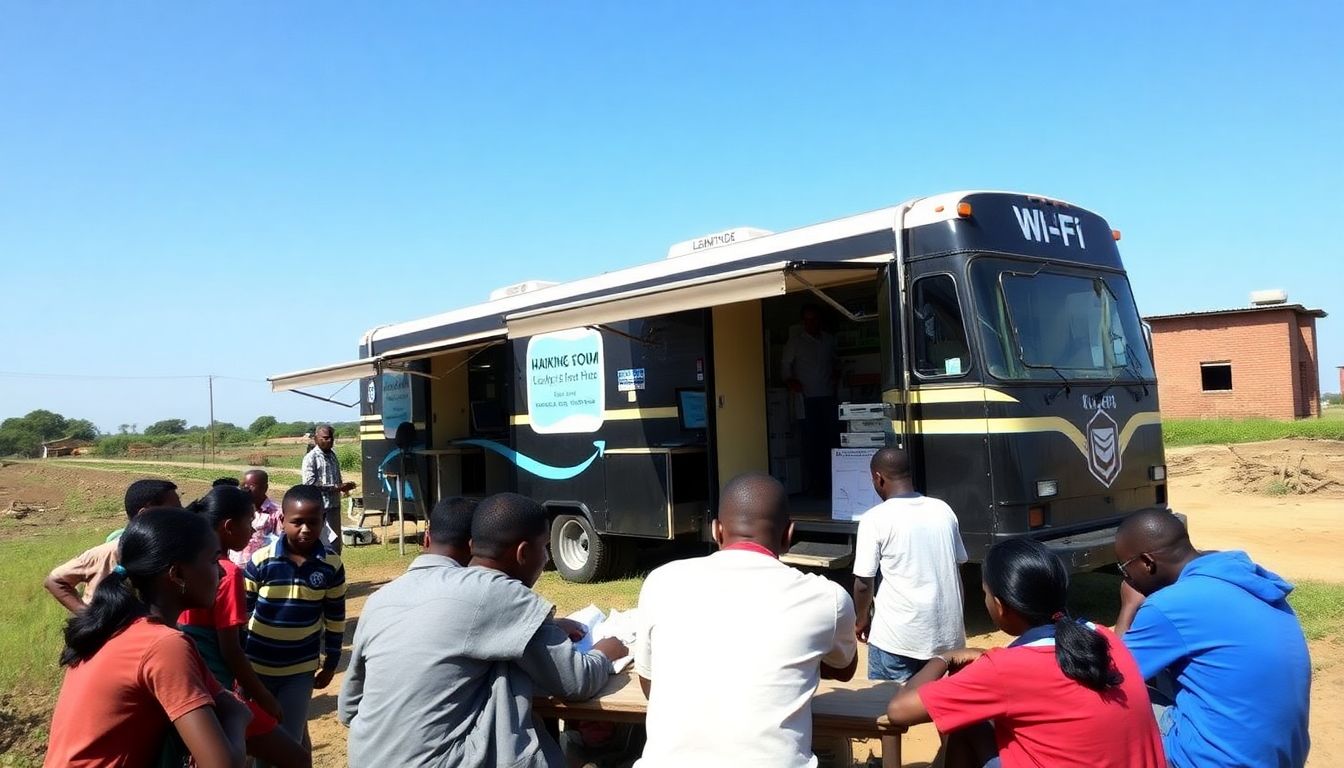
Strategies for Effective Preparedness
Preparing Rural Schools for Natural Disasters: A Comprehensive Approach
In the face of natural disasters, rural schools must be proactive to ensure the safety and continued education of their students. One critical strategy is the development of offline learning materials. By investing in printed textbooks, workbooks, and other physical resources, schools can create a tangible backup for when digital resources are inaccessible. Additionally, schools can compile educational content on USB drives or CDs, distributing them to students for use at home. This low-tech approach ensures that learning can continue even when power outages or internet disruptions occur.
Leveraging mobile technology is another effective strategy for rural schools. With the increasing penetration of mobile phones, even in remote areas, schools can utilize SMS services to send bite-sized lessons, updates, and emergency alerts. Moreover, educational apps that function offline can be pre-installed on students’ devices, providing interactive learning tools that don’t rely on a constant internet connection. Here are some steps to implement this:
- Partner with telecommunications companies to provide basic phones or SIM cards to students.
- Develop or curate educational content that can be delivered via SMS.
- Promote the use of offline apps like Khan Academy, SoloLearn, or K-12 educational games.
Creating flexible learning environments is also crucial. This involves training teachers to adapt their instructional methods during emergencies, such as utilizing outdoor spaces for classes when school buildings are damaged. Furthermore, schools can establish partnerships with local community centers, libraries, or places of worship to serve as temporary learning spaces. Implementing a blended learning approach that combines traditional teaching with digital tools can also enhance flexibility. For instance, radio broadcasts or podcasts can be used to deliver lessons when conventional classes are disrupted.
Lastly, rural schools should prioritize disaster preparedness education. By incorporating disaster risk reduction into the curriculum, students and staff can be better equipped to handle emergencies. Regular drills and simulations can help build resilience and ensure that everyone knows what to do when a natural disaster strikes. Additionally, schools can establish early warning systems and emergency communication plans, utilizing available technology and community networks to stay informed and connected during crises.
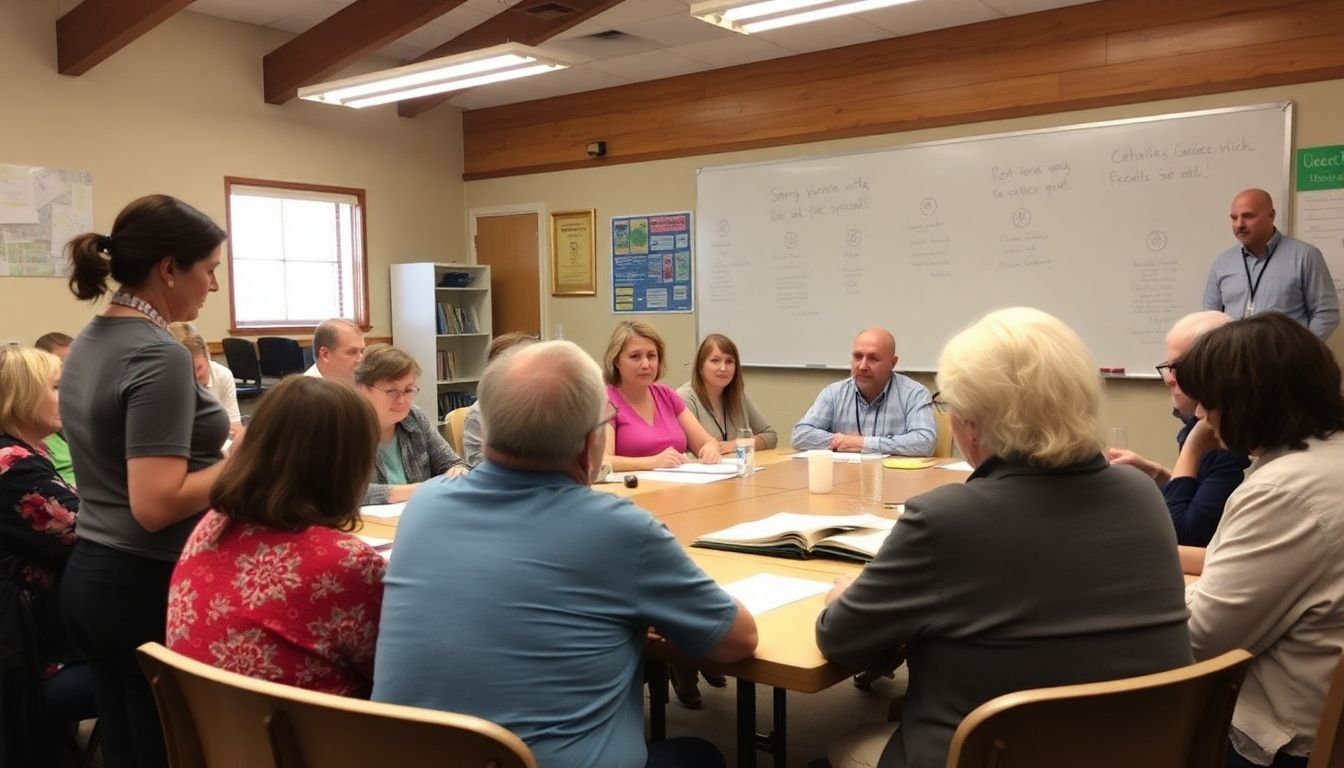
Community Collaboration and Support
In the heart of every rural community lies a school, a beacon of education, growth, and connection. However, these schools often face unique challenges, especially when natural disasters strike. Resilience in these times of crisis is not a solitary endeavor but a collective one, underscoring the importance of community collaboration and support. When superstorm Sandy hit the Eastern Seaboard, schools in rural New Jersey didn’t stand alone. Neighbors, local businesses, and even rival school districts banded together, sharing resources and manpower to clean up, rebuild, and restore normalcy. This collective impact didn’t just repair buildings; it mended spirits and fostered a sense of unity that transcended the disaster.
Community collaboration extends beyond immediate recovery efforts. It involves preventive measures and preparedness strategies to mitigate potential damages. Consider the role of partnerships with local government programs. In Oregon, the ‘Rural School Emergency Partnership’ initiative connects rural schools with local emergency management offices. They work together to develop emergency response plans, conduct regular drills, and secure funding for safety upgrades. This proactive approach enhances resilience by ensuring that rural schools are not only supported during disasters but are also better prepared to withstand them.
Federal government programs also play a pivotal role in bolstering the resilience of rural schools. The Federal Emergency Management Agency (FEMA) offers various grants and assistance programs designed to support schools in disaster-prone areas. For instance:
- Public Assistance Program: Provides funding for the repair, replacement, and restoration of disaster-damaged facilities.
- Hazard Mitigation Grant Program: Offers funding for projects that reduce the risk of future damage, such as safe rooms and infrastructure improvements.
- Bridging the Gap: A pilot program that provides immediate funding for school districts to reopen quickly post-disaster.
These programs empower rural schools to invest in their resilience, reducing the impact of future disasters.
Moreover, community collaboration and support foster a sense of shared ownership and responsibility for rural schools. This collective engagement can lead to innovative solutions and improved decision-making processes. For example, in flood-prone areas of Louisiana, school districts have partnered with local universities and environmental organizations to develop green infrastructure projects. These projects not only reduce flood risk but also provide educational opportunities, creating a symbiotic relationship between schools and their environment. This interconnectedness is the essence of resilience, a testament to the power of community collaboration and support in securing the future of rural schools in the face of natural disasters.
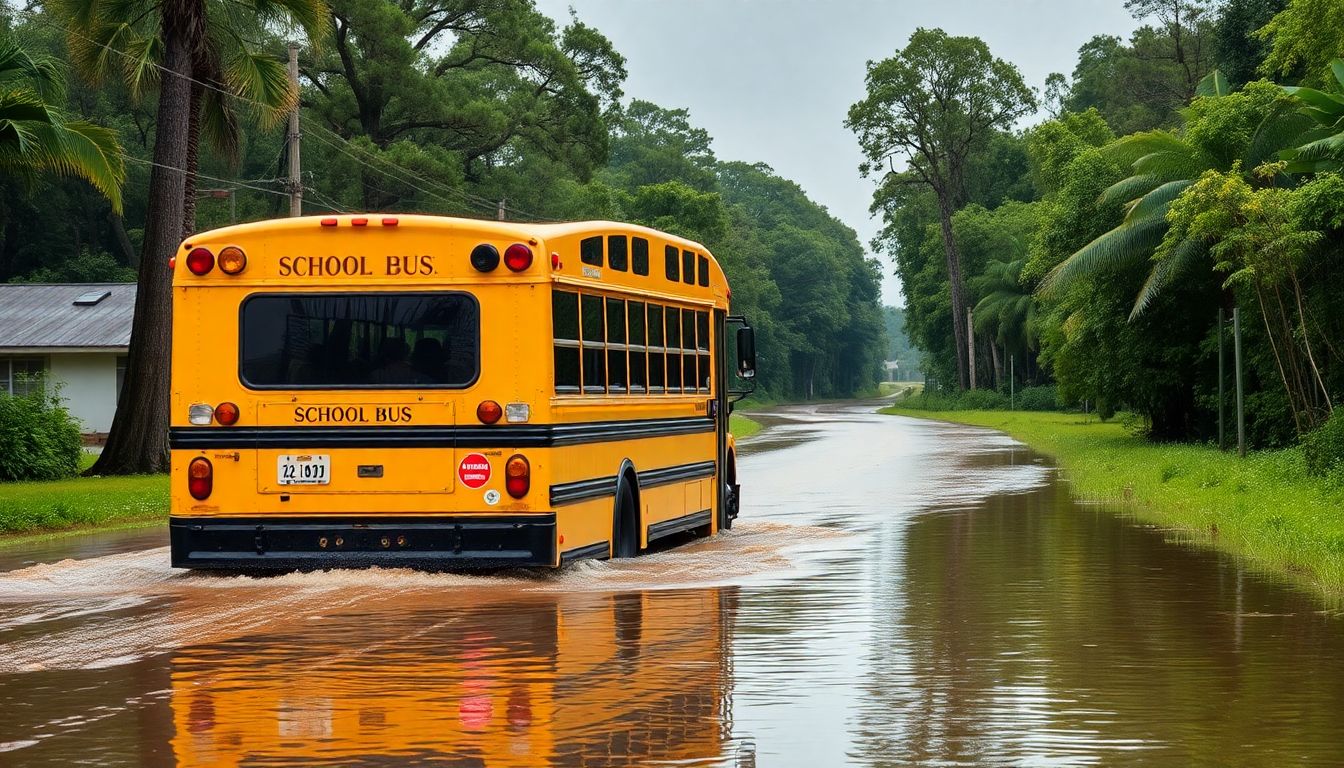
Addressing Underlying Issues
In the heart of America, rural schools often face an uphill battle, especially during times of crisis. To mitigate the long-term impacts on rural education, it’s crucial to address the underlying issues that exacerbate inequities. Chief among these is the lack of resources. Rural schools often grapple with limited funding, which translates to fewer teachers, outdated materials, and inadequate infrastructure. When a crisis strikes, these issues are amplified, making it harder for students to continue their education uninterrupted.
Moreover, transportation challenges present a significant hurdle in rural education. Students in rural areas often travel considerable distances to attend school. During a crisis, traditional transportation methods may be disrupted, leaving students with limited options. This can lead to increased absenteeism and, ultimately, adverse effects on academic achievement. Addressing these transportation challenges requires creative solutions tailored to the unique needs of rural communities.
The digital divide is another pressing issue that disproportionately affects rural education. High-speed internet access, essential for remote learning, is often lacking in rural areas. According to a Pew Research Center survey, about 24% of rural Americans say they never go online, and 12% report that they have no broadband internet at home. This disparity in connectivity can severely limit a student’s ability to access educational resources, particularly during a crisis that necessitates remote learning. To ensure continuous learning, it’s vital to invest in expanding broadband access in rural areas.
To reduce the long-term impact of crises on rural education, policymakers and educators must prioritize these underlying issues. This includes:
- Securing adequate funding for rural schools to ensure they have the resources needed to support students.
- Investing in innovative transportation solutions to mitigate the challenges posed by distance and disrupted services.
- Bridging the digital divide by expanding broadband access and providing necessary digital devices to students.
FAQ
Why are rural schools more vulnerable to natural disasters?
What are some effective strategies for rural schools to prepare for natural disasters?
- Developing offline learning materials
- Utilizing mobile technology
- Creating flexible learning environments
- Encouraging community collaboration
.



